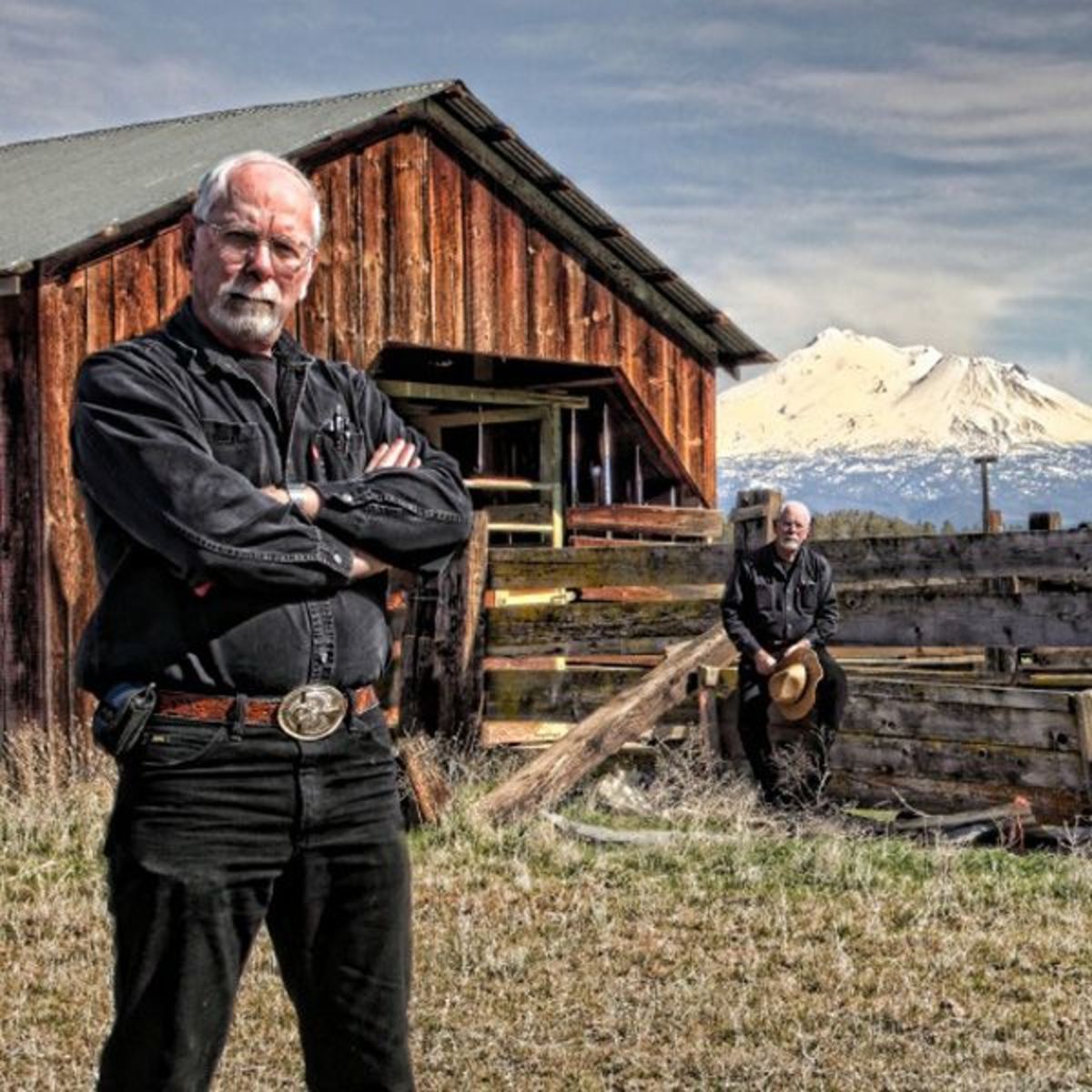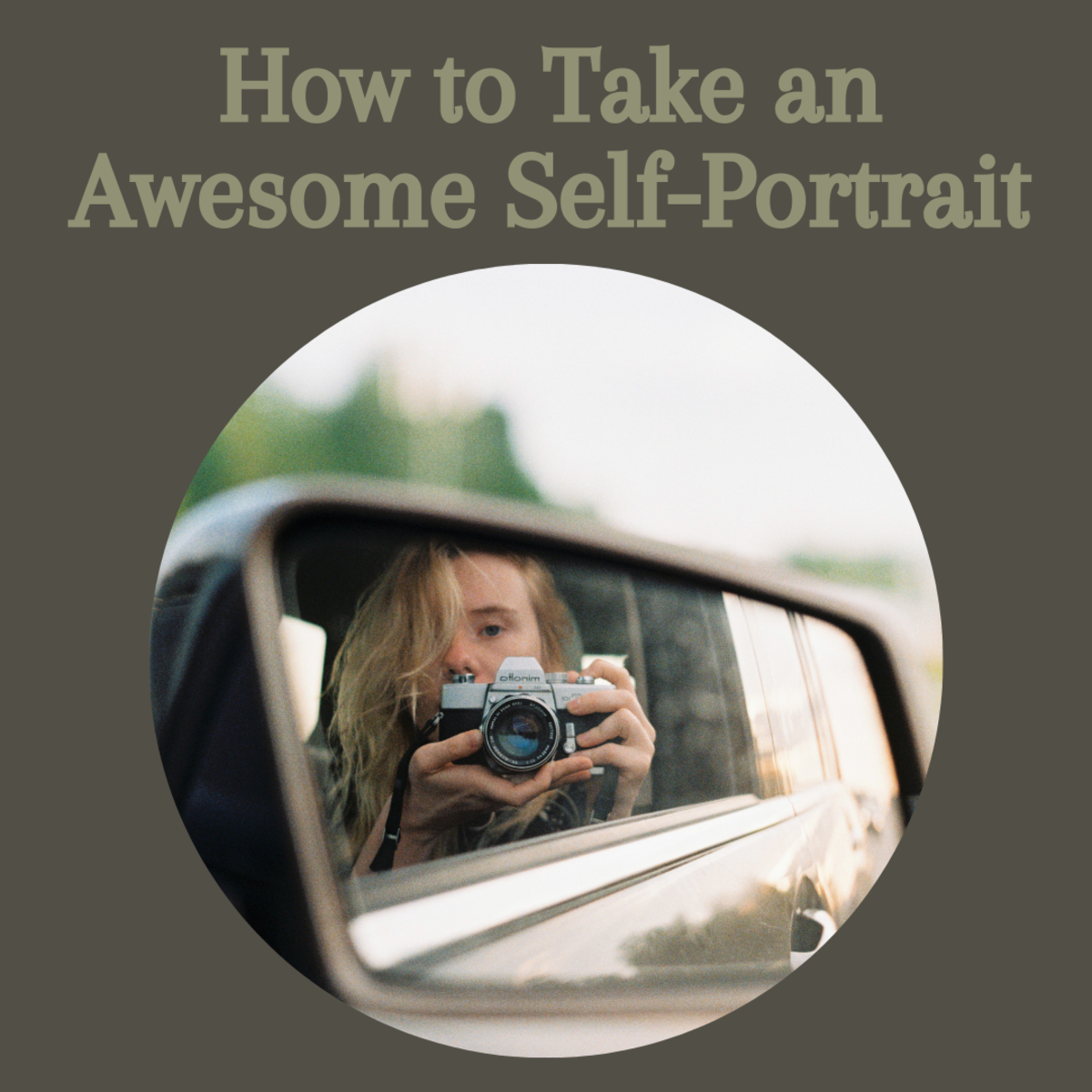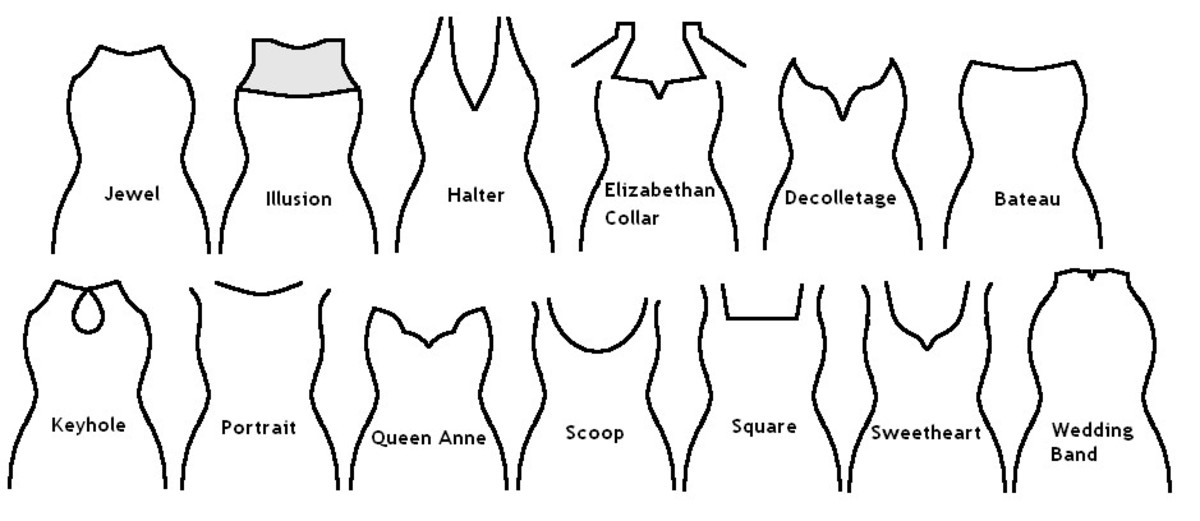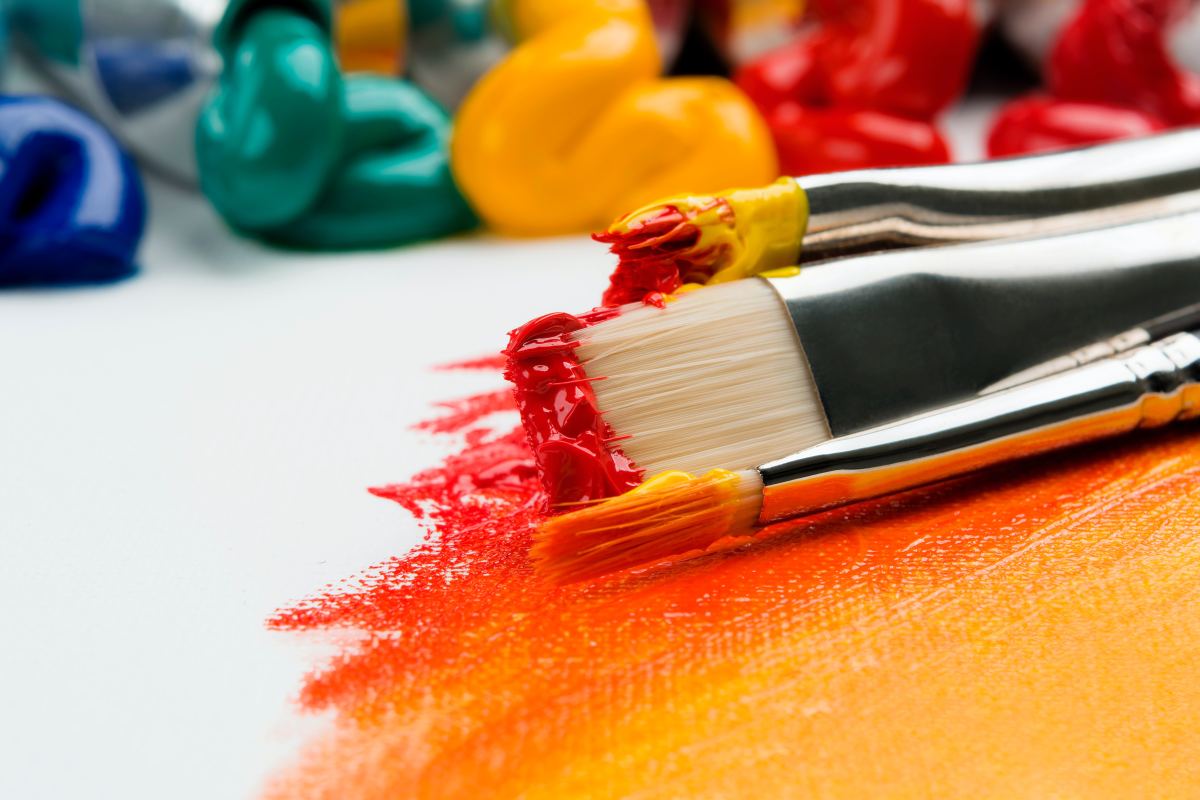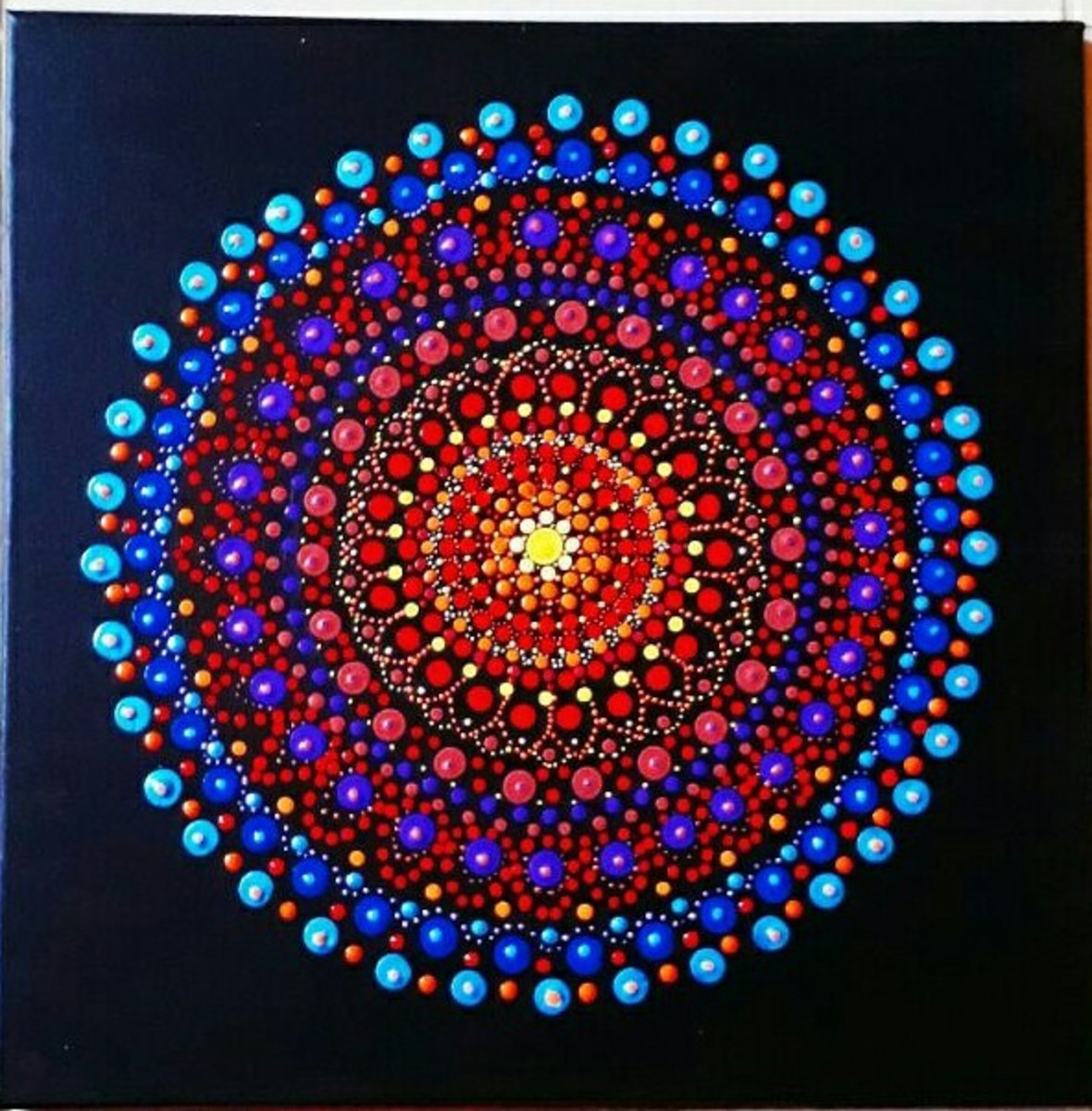Different Types of Portraits

There are portraits which includes people with different angles, numbers and settings. These variety of portraits aren't just random compositions of people's profile. Each and every setting, size are aimed for a predefined effect. According to the person or a group of people intended to be portrayed, the painter evaluates the needs by the person/group's social importance, visual features, etc. and decides what type of setting, canvas size, theme, color-pallet and type of depiction should be used for the most desired portrayal.
To differentiate and understand the varity of portraits, down here we have gathered all the major possible types of portrait painting from the renaissance era to the modern world. The list includes the types of portraits according to different contexts. Listed types are according to the depictions and not by the canvas sizes.
According to the Length
1. Full Length
Term defines itself. Full length portraits depicts the person’s full body – head to toe – in the frame.
Such portrait is generally used when the artist also wants to include the background or surround of the person in the picture. Thus, it gives some contextual significance to the portrait. Thus, full length portraits are more colorful, varied and rich of elements than the conventional portraits.
Full Length portraits were popular during 17th and 18th century in European aristocratic circles. Different standing postures demonstrated their significant ranks in the social hierarchy in the time when higher position in society was way more important than we can think, today.
The full body, being the central subject gets special attention of the viewer and that’s why, mostly, artists uses Full length portraits in cases of beautiful women to replicate their feminine beauty on the canvas. In men’s case, full length portraits are generally used when the man has some significant importance or to convey special quirks or demeanor of the man as seen in Leo Tolstoy’s portrait by Russian artist Ilya Repin.
Example of full length portrait shown here is titled as “Lesbia” made by John Reinhard Weguelin. It is a character from the poems of great Greek poet Soppho and Latin poet Catullus.
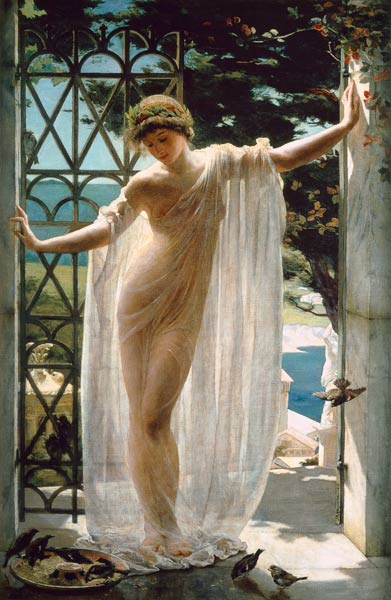
Your Favorite Portrait Painting
Which one is your favorite portrait painting?
2. Half Length
Half-length portraits displays the upper body - up from the waist. It is the most popular and conventional portrait style in which the person could be sitting or standing. Artists generally doesn’t add up much of the background imaginary, surrounding or context leaving the background with flat black or of such monochromatic theme.
Half Length portraits focuses on the person’s facial expression and limiting the viewer’s focus at guessing the temperament of the portrayed person.
From the renaissance era, half-length portraits are popular. Mona Lisa is the best example of the half Length portrait.
Here is a good example of Half-length portraits:
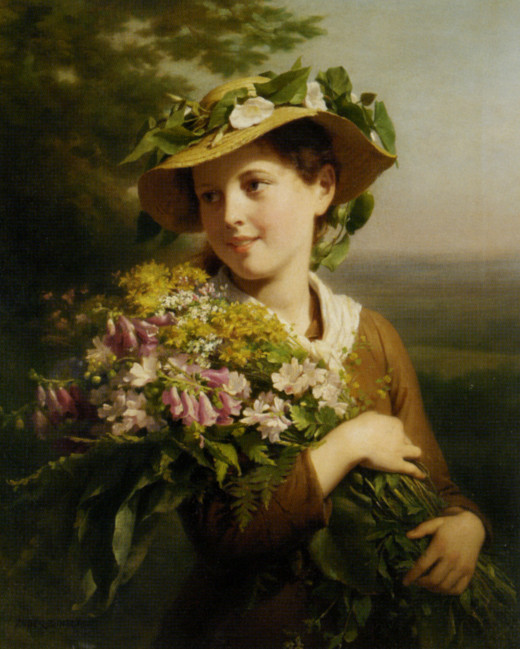
Only the upper body part is depicted, above waist only. This is a half-length portrait. You can see, that half-length portraits focuses on the person himself/herself more than the full-length portraits. It emphasize on the person that the context or the surround. That’s why, this type is more popular to capture the person’s profile as well as temperament on the canvas.
3. Three Quarter Length
Self-explaining terms doesn’t leave much to explain. Three-quarter length portraits depicts the person as far as to their knees. That’s the simple and short definition and there isn’t much left to know about as the use of such portraits overlaps with full length and half-length portraits. It seems more like a combination of full length and half-length portraits, including person’s pose and the surrounding context.
Though, such portraits are less popular due its “incomplete” depiction of the person. Here is a known three-quarter length portrait: Saint Catherine of Alexandria by Raphael (1507).
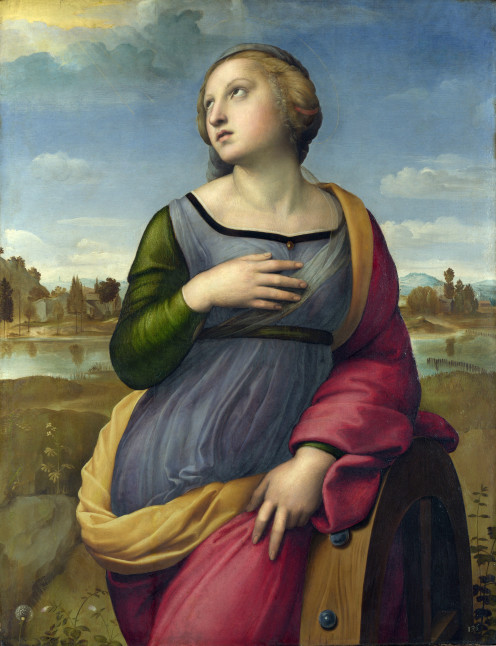
It is the perfect example of three-quarter length portraits. Additionally, the painting includes, Unione, one of the four major painting techniques from the renaissance.
The type is useful to find a good balance between the full length and half-length portrait types.
4. Kit-cat
These are different from the Kit-cat Clocks. Kit-cat could be understood as the sub-genre of the half-length portraits as it is no different with an exception that a Kit-cat always includes the person’s hands in the picture. They are also slightly less than the half-length portraits.
The name derives from the Kit-cat Club of London. It was a small group of notable people including writers and lords. Godfrey Kneller commissioned the portraits for the each member of the club. These portraits were then called the Kit-cat portraits in which the hands of the persons were included in the painting.
Thus, such portraits started to be called as Kit-cat Portraits.
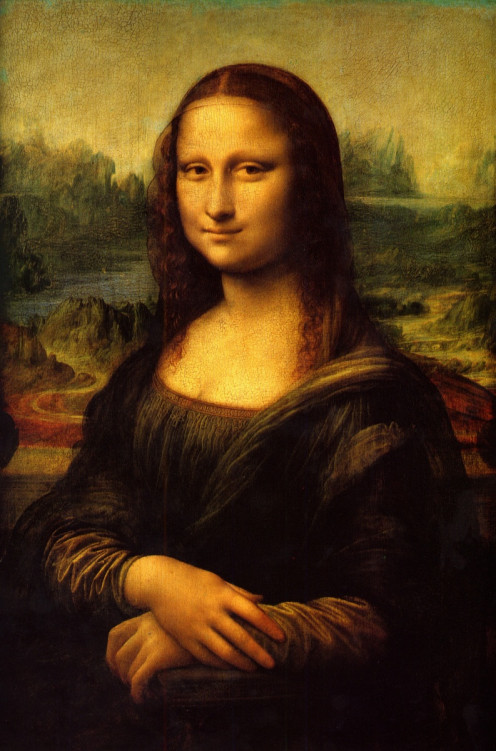
5. Bust Portrait or Head and Shoulders Portrait
Bust portraits or Head and Shoulders portraits are the compact versions of the half-length portraits.
As the terms defines, they focuses on the person’s bust only giving the painting more resemblance to a bust sculpture.
Here is a Vincent van Gogh’s self-portrait exemplifying the bust portraits
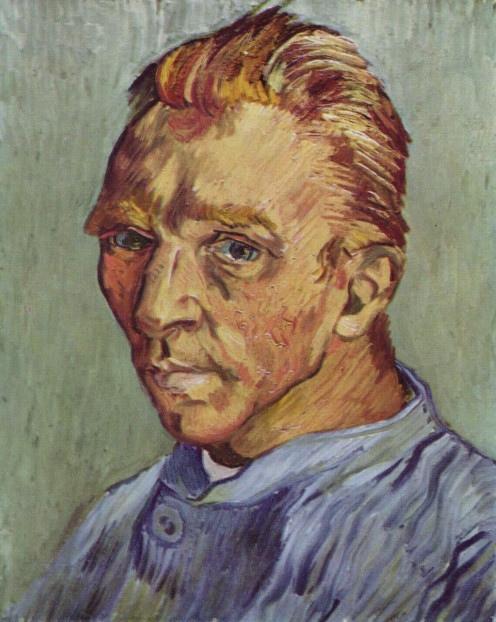
Most of the canvas is taken by the body of Vincent van Gogh himself leaving no place to add any background or other objects. Thus, head and shoulders portraits firmly sticks to their name.
6. Portrait Miniatures
Apart from the size of the canvas there isn’t much difference from the regular portrait.
Instead, a portrait miniature could also be a full-length, half-length or three quarter length portrait. Though, due to their small sizes most artists depicts people with half-length or bust portraits.
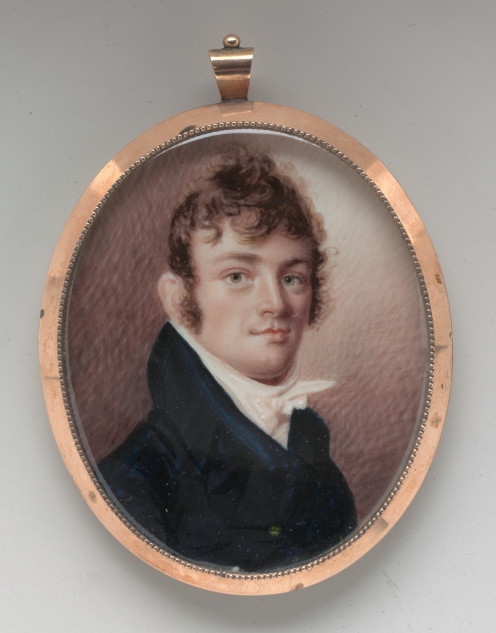
Portrait miniatures are really small compared to regular portraits. In old times, such portraits were used to put inside the pendant of a necklace (or the portrait itself being the pendant), in rings or under the cover of a pocket-watch.
Such paintings are much older and famous that you can imagine. Limbourg Brothers from the 14th Century were the miniature specialists at the time. Though, their work was more about making the small, detailed paintings for the Illuminated Manuscripts. But, they also depicted some portrait miniatures.
The average size of miniature portraits are around 2 to 3 inches. Though, according to the purpose the size could vary.

